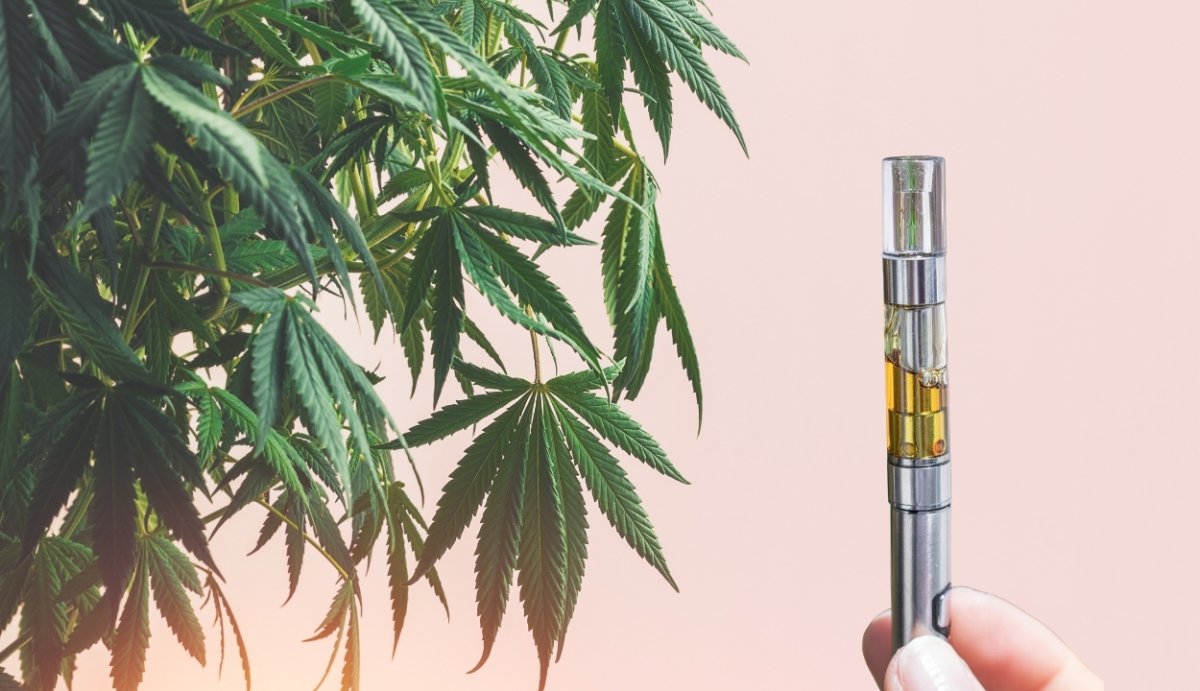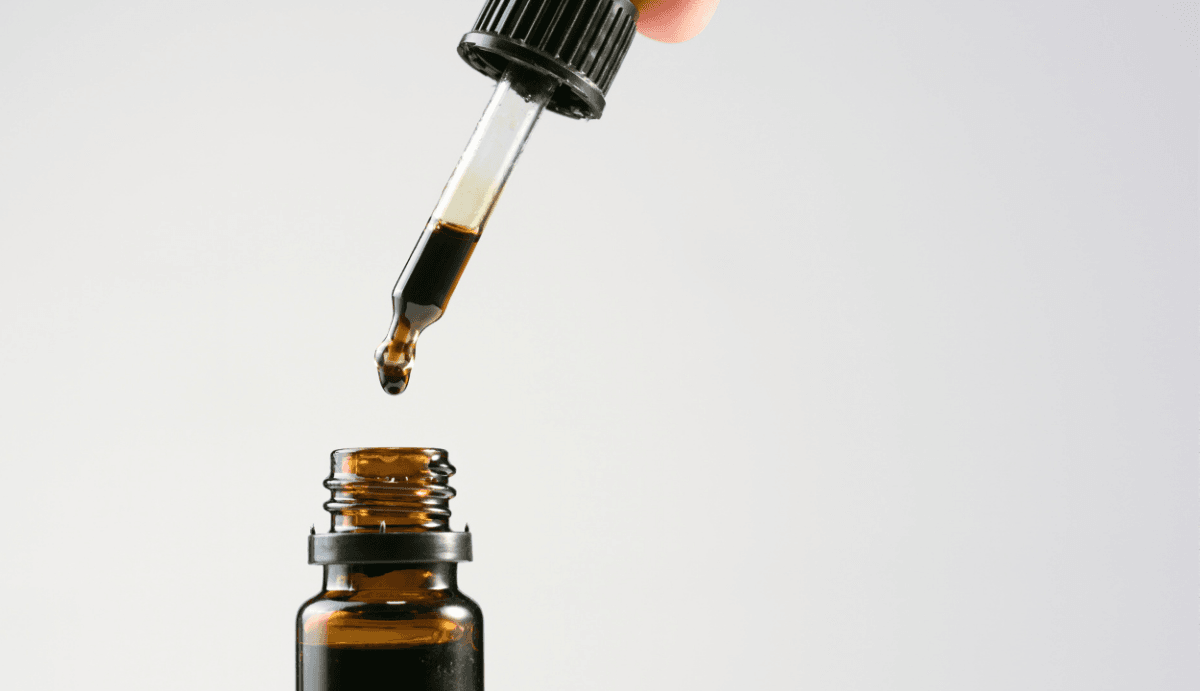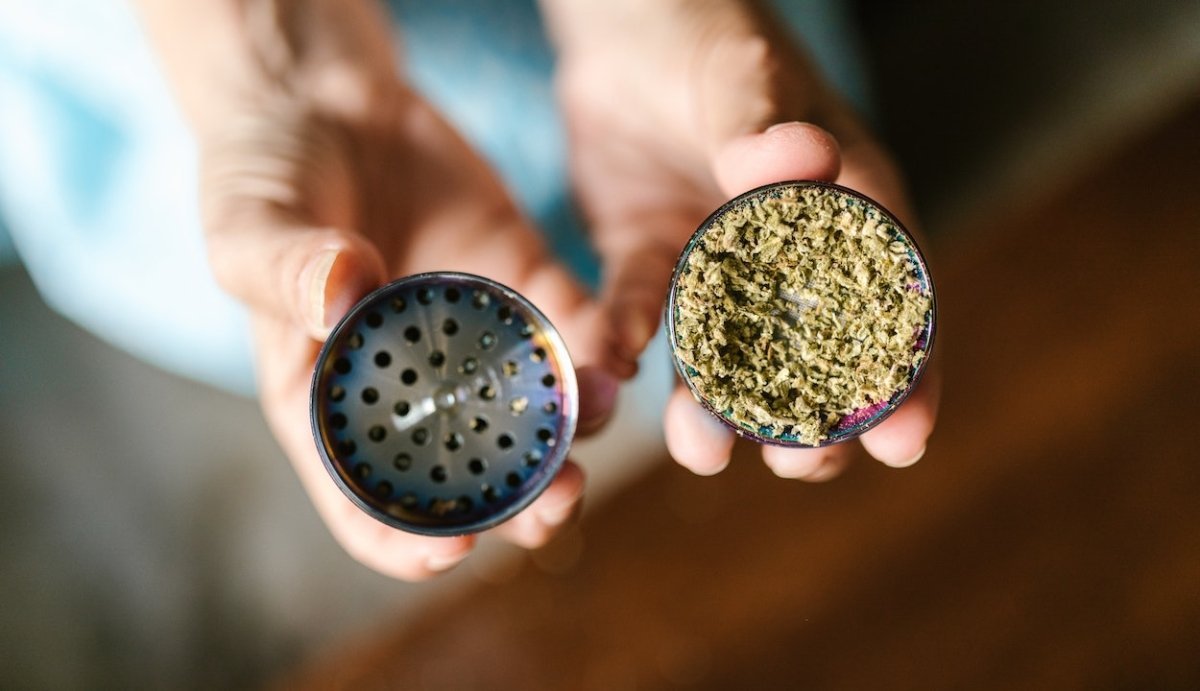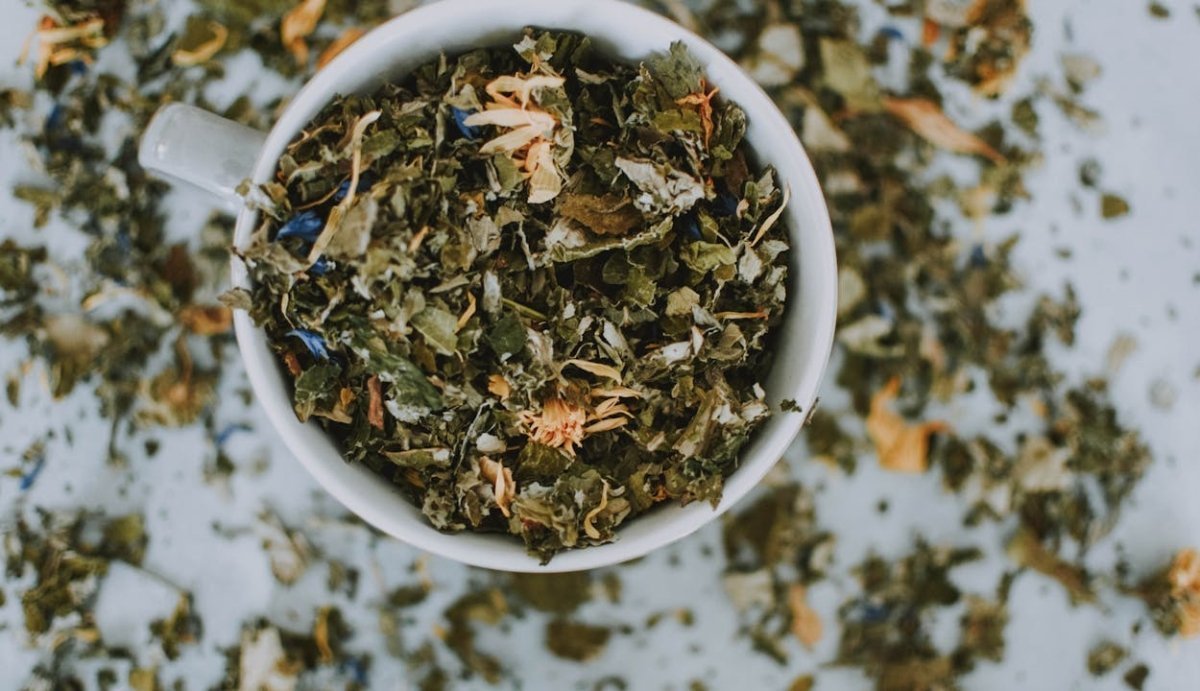Your Cart is Empty
FREE SHIPPING ON ALL ORDERS $75+
So you've come to the conclusion that THC-O is legal and accessible, but the question is why is THC-O legal? And will it stay that way?
You aren't alone in wondering how a cannabinoid as potent as THC-O has flown under the DEA radar. Some people even believe that THC-O manufacturers must be exploiting some kind of loophole. It all boils down to U.S. hemp laws. To better understand THC-O legality, here's what you should know:
Table of Contents
U.S. Hemp Laws and Delta-8-THC
THC-O Can’t Be Extracted Directly, But It’s Still Legally Made
THC-O Is Legal, But Will It Last?
Buying THC-O Online

In 2018, the U.S. Farm Bill was updated to officially legalize hemp and its derivatives, something that had been in the works since hemp pilot programs were launched in 2014. Immediately CBD was recognized as legal and manufacturers went to work designing a slew of exciting, unique products that harnessed the power of CBD.
It didn't take long, though, for hemp entrepreneurs to realize that the 2018 emp bill used a broad definition to legalize hemp and all of its extracts. This includes any hemp-derived THC compound except for Delta-9-THC, which is specifically singled out as being prohibited in amounts larger than 0.3% by dry weight.
In fact, a clause in Section 12619b of the 2018 Farm Bill specifically addresses tetrahydrocannabinol in hemp. This section clarifies the federal stance on other hemp-derived THC products, specifically that they are exempt from scheduling within the Controlled Substances Act. So, Delta-8, Delta-10, THC-O, and many other THC compounds that occur in hemp in trace quantities are now legal, leaving manufacturers with one common problem–how could they utilize compounds that are found only in such small quantities?
Delta-8, THC-O, and other tetrahydrocannabinol are found in hemp in quantities below 1%. That means THC-O couldn’t effectively be sourced through any simple extraction method like CBD. Instead, manufacturers got crafty and made use of a conversion method called “isomerization” that’s been around since the early 2000s.
Here’s what that means
THC-O is a natural isomer of CBD. That means that the CBD and THC-O molecules contain all of the same atoms, just arranged in a different order. Isomerization is the process of rearranging a molecule to create a different molecule, or, in this case, rearranging the CBD molecule to create THC-O.
This process begs the question–is THC-O synthetic? And if so, how is it still legal?
This process of “synthesizing” cannabinoids, specifically THC molecules, came under fire when the DEA released its Interim Final Rule regarding the new hemp laws. This rule states that all synthetically derived cannabinoids are illegal, regardless of classification or source.
Many people initially interpreted this as the DEA’s signal that hemp-derived THC, like Delta-8-THC and THC-O, was illegal, but that’s not exactly the case.
When you compare THC-O to a synthetic cannabinoid commonly sold as a street drug, K2 (also called “spice”) the picture becomes more clear. K2 is a completely man-made substance that is not derived from natural cannabis material at all. The material is completely synthetic and does not begin or end with cannabis or hemp material. It may be sprayed on an herb material to appear more like cannabis, but it’s not cannabis in any capacity.
K2 is considered a Controlled Substance in the United States and it is known to have caused various dangerous reactions and overdoses.
On the other hand, THC-O is derived from real hemp material. Here’s how:

The process of creating THC-O starts with CBD derived from hemp. The CBD must first be converted to Delta-8-THC by exposing it to an acid. Then, Delta-8-THC can be converted to THC-O using similar methods. In the end, any leftover solvents or acids are removed, and all that’s left is the transformed hemp material. In other words, THC-O is not the same as a synthetic cannabinoid and is not classified as such by federal law, because it starts and ends with real hemp material.
If you take another look at the DEA’s Interim Final Rule on hemp, you’ll see that it's preceded by the following statement:
“This interim final rule merely conforms DEA’s regulations to the statutory amendments to the CSA that have already taken effect, and it does not add additional requirements to the regulations.”
In other words, the only purpose of these new rules is to help align the Controlled Substances Act with the rules that were already carved out by the 2018 Farm Bill. According to the original law, THC-O is legal when derived from hemp material.
Of course, it's unlikely that the federal government intended to legalize a psychoactive cannabinoid that’s up to three times stronger than traditional THC. It was simply an inclusion in a bigger process–legalizing hemp to be used as textiles and CBD to be used for medical applications, including as an anti-epileptic drug for children.
The question is, will THC-O remain legal? We don’t really know. THC-O laws could change at any given time, but it likely won’t happen without any indication. For now, it’s crucial that hemp manufacturers and consumers alike avoid exploiting this legal cannabinoid or drawing any negative attention to its use.
For now, THC-O is legal by federal law, but its legal status still varies by state. To learn more about THC-O state laws, read “Where is THC-O Legal?”

Although THC-O is generally legal, it can’t always be purchased in stores. Not only is it a lesser-known hemp-cannabinoids that are less accessible than CBD or even Delta-8, but many states have implemented a ban on hemp-derived THC products.
The confines of this ban may vary, and you may only be able to purchase THC-O from state-licensed dispensaries, or it may be totally prohibited in some states.
Luckily, you can actually order THC-O products online from states where THC-O is legal. Check out our Elev8 collection if you’re interested in experiencing THC-O’s effects for yourself. All Vida Optima products are 100% Farm Bill compliant and legal with the quality and lab tests you need to put your mind at ease.
Comments will be approved before showing up.



